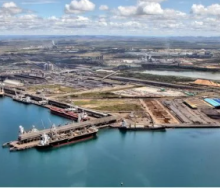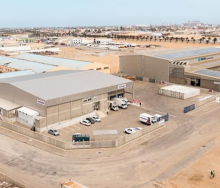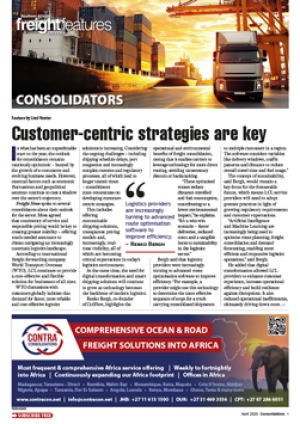Apple shipments that should have been transported over the course of two weeks have instead arrived simultaneously in multiple export destinations, causing price fluctuations and bottlenecks.
“The delays in cargo handling have created a ripple effect, impacting container availability, trucking operations, and ultimately, market access,” says Roelf Pienaar, managing director of leading apple and pear exporter Tru-Cape.
This setback follows several days in late February and early March when winds of up to 100–120 km/h brought cargo movement at the Cape Town Container Terminal to a near standstill.
It also represents a major setback following promising freight throughput numbers earlier in the season.
For apple exporters, the bottleneck in shipments has put pressure on depots, which are struggling to keep up with demand. Securing empty containers has also become increasingly difficult. Furthermore, trucking operations have been disrupted as scheduled pickups and deliveries are held up at the port or container depots.
These challenges are forcing exporters to adjust their schedules, often missing key market windows.
“As a Western Cape-based export-driven company, we are highly dependent on the Port of Cape Town,” said Pienaar. “Transporting apples and pears to Durban or Gqeberha is not a viable alternative, as the additional cost—up to $3 per carton (R55)—cannot be absorbed by the market. The operational challenges are adding immense pressure to the supply chain, driving up costs and creating bottlenecks that are not easily resolved in the short term.”
Although Tru-Cape expected logistical challenges, Pienaar said he had hoped for a slight improvement over the past few seasons’ poor performance. Yet productivity levels remain well below international standards.
“In recent weeks, the gross crane movements per hour (GCH)—a key productivity indicator—have averaged around 15, whereas the globally accepted benchmark is between 26 and 30 GCH. For context, in 2012, the Port of Cape Town was operating at 33,” he says.
Pienaar has welcomed the introduction of new port management and additional equipment but says overall issues remain far from resolved.
“We hope to see strategies in this regard fast-tracked. Export volumes are set to increase as young orchards come into production, and if these logistical challenges persist, they will severely impact the industry’s growth. Addressing the problems at the port must be an urgent priority.”













